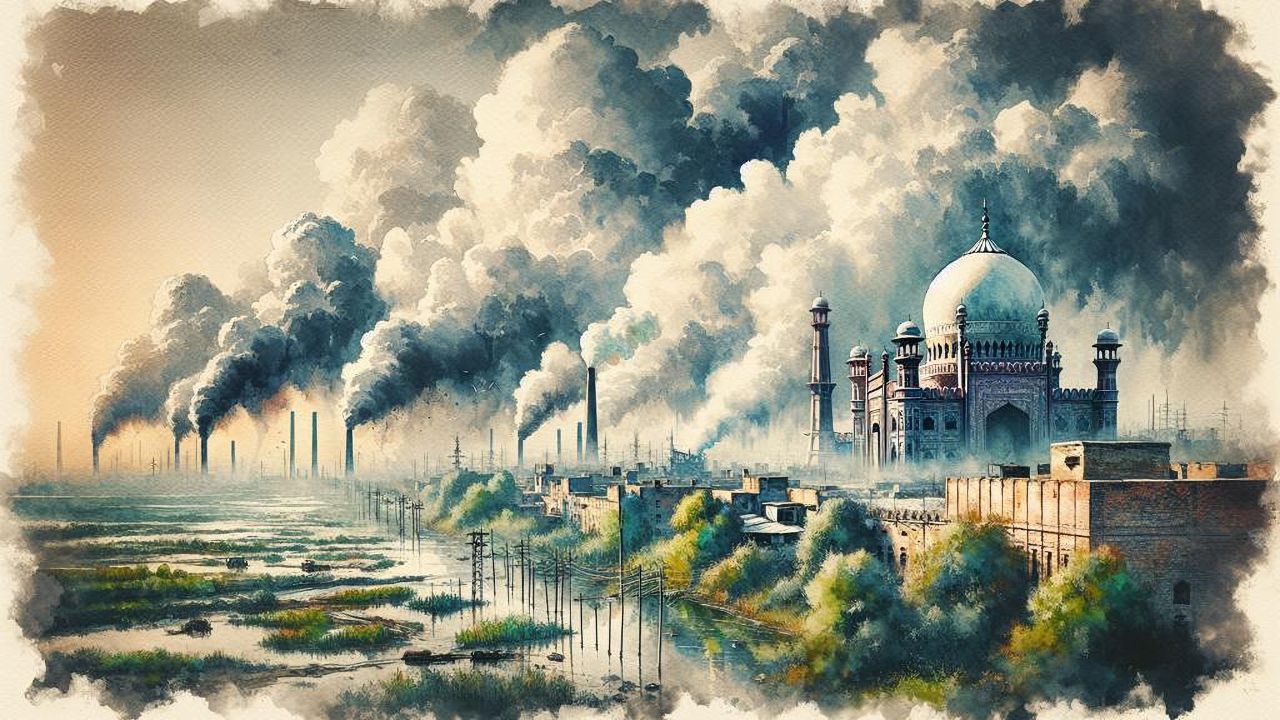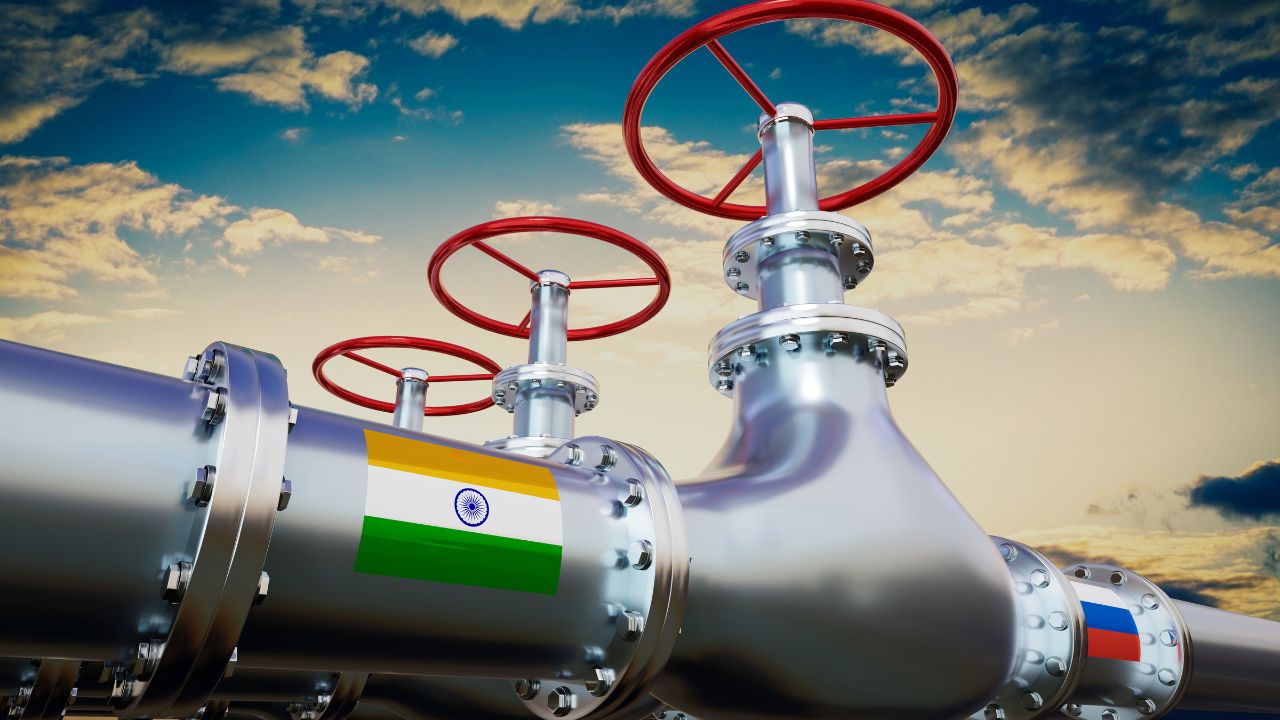
Unnatural Disasters Everywhere
Read More
Sanity Break #1
Jon Stewart shared a video promoting his upcoming Apple TV+ show ‘The Problem with Jon Stewart’—and it’s a hilarious skit roasting the billionaire space race—with Jason Alexander as Jeff Bezos! It’s very funny.

Headlines that matter
Check out this edition for the most important stories from around the world today!

Sanity Break #2
Here’s the latest quirky and catchy ‘Forget Conversation’ track from Mumbai-based singer-songwriter Tejas.

I recommend
Satshya Tharien recommends the activities that brought her joy during the lockdown.

Feel Good Place
Need an immediate pick-me-up? We have you covered! From hilarious animal clips to stuff that’ll make you go “lol why?!”, we have all you need to keep you sane on even your worst hair day.






